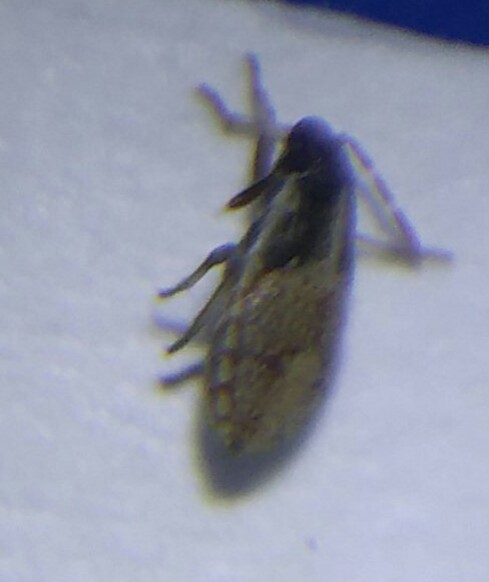Habitat of collection: Under rock, sandy soil
Length (from head to gaster): 6 mm, 4 mm
Color, hue, pattern and texture: Black gaster, reddish-brown body
Distinguishing characteristics: Polymorphic
Anything else distinctive:
Nest description: Exclusively beneath rocks and tunnels into soil below
These guys were very similar to the still-unknown colony I found under the rock at Chino/Carbon Canyon. Lots of alates and alate larvae/pupae. Sorry the pictures aren't great.
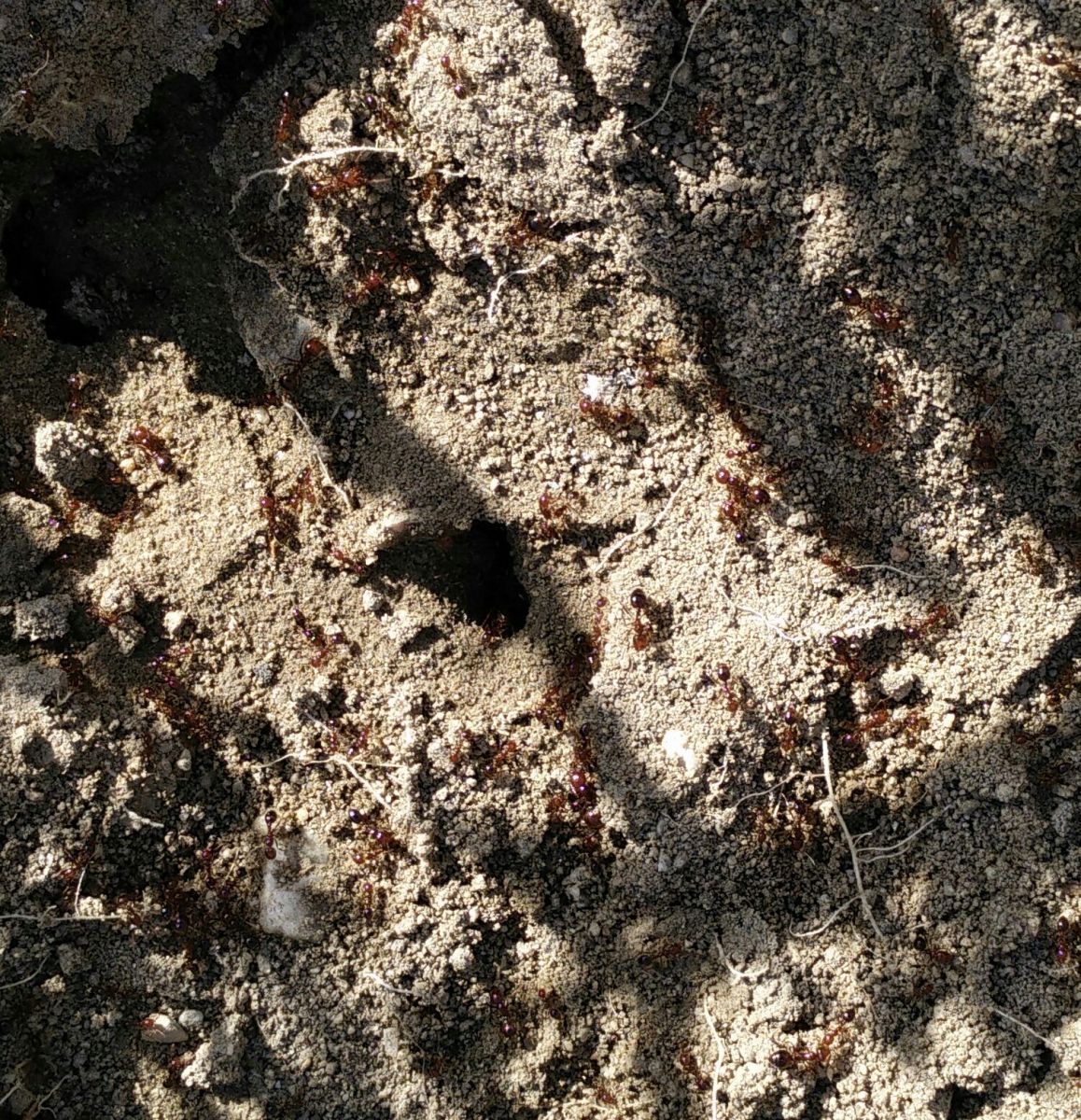
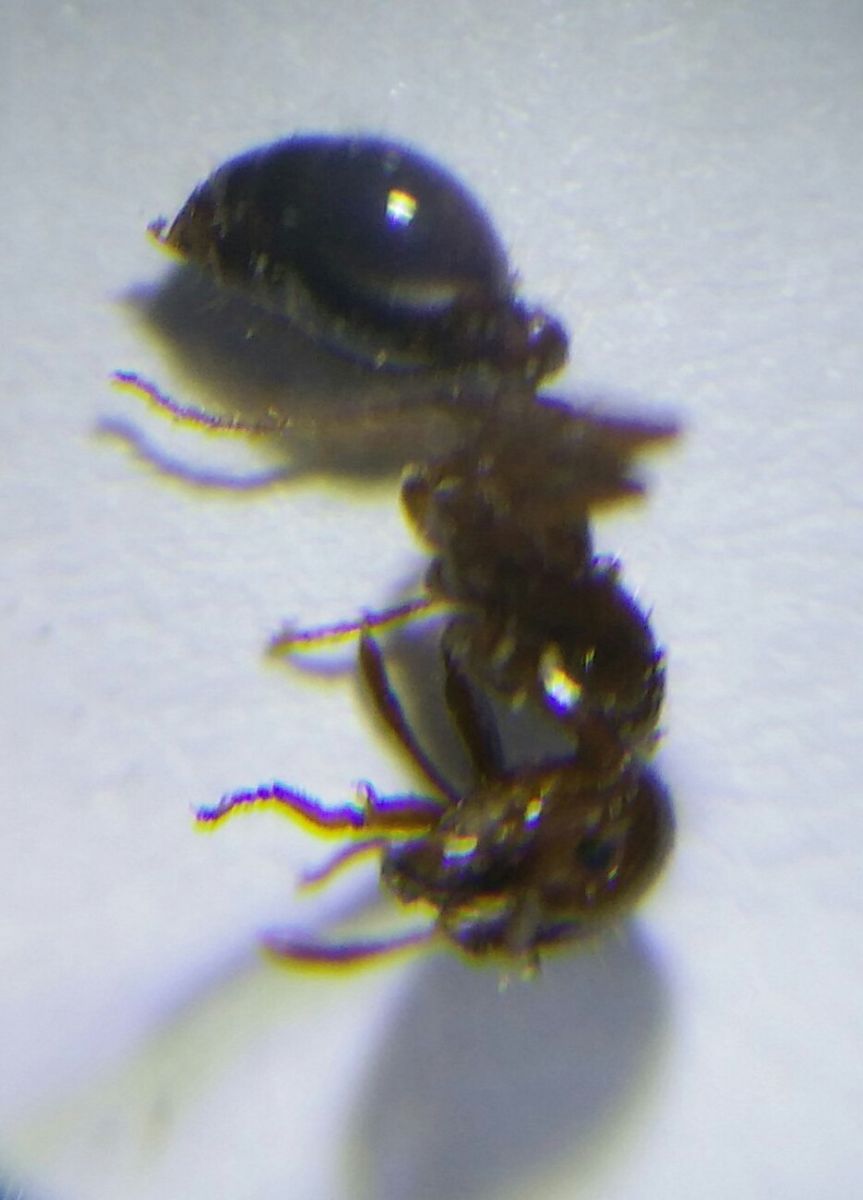
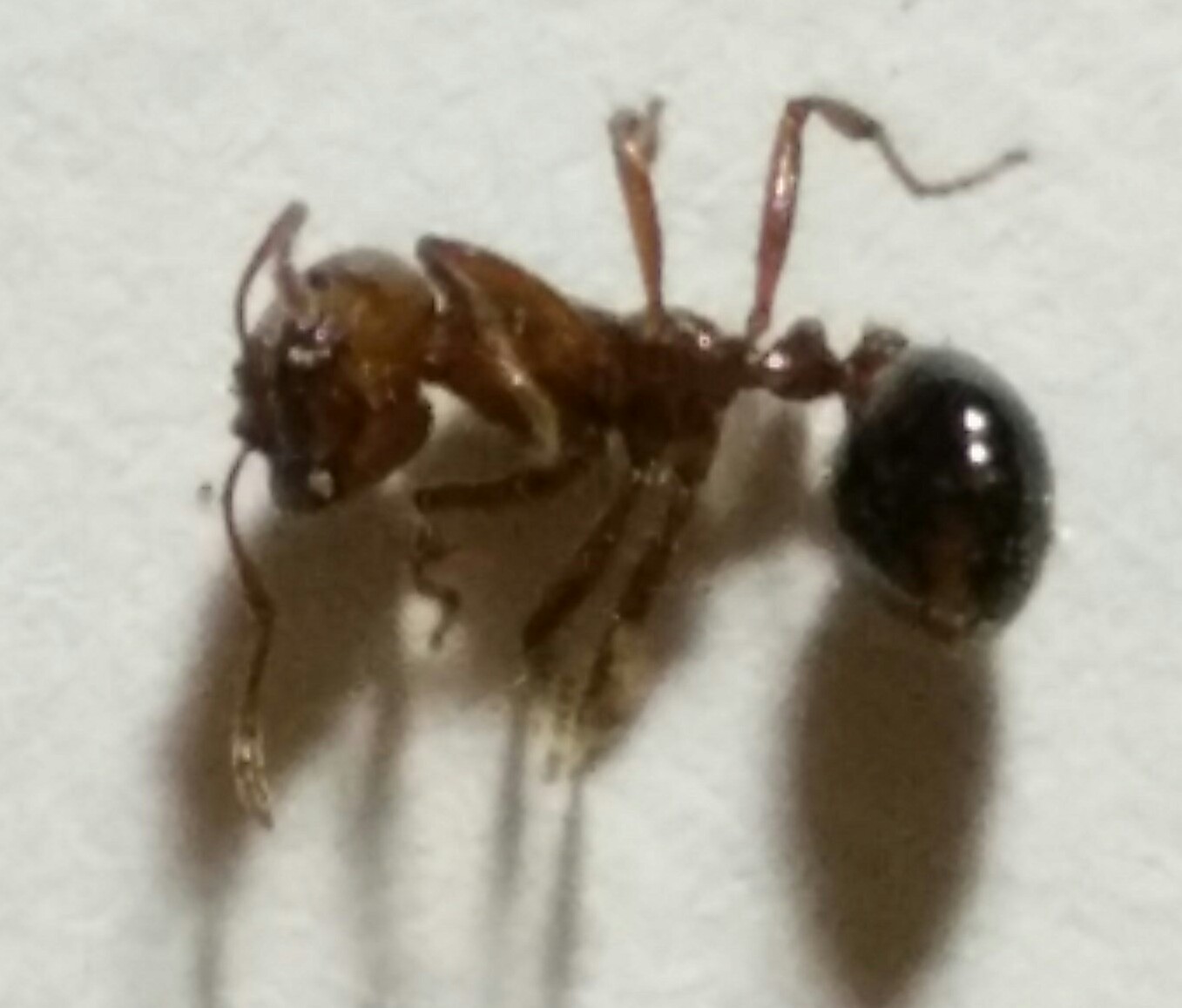
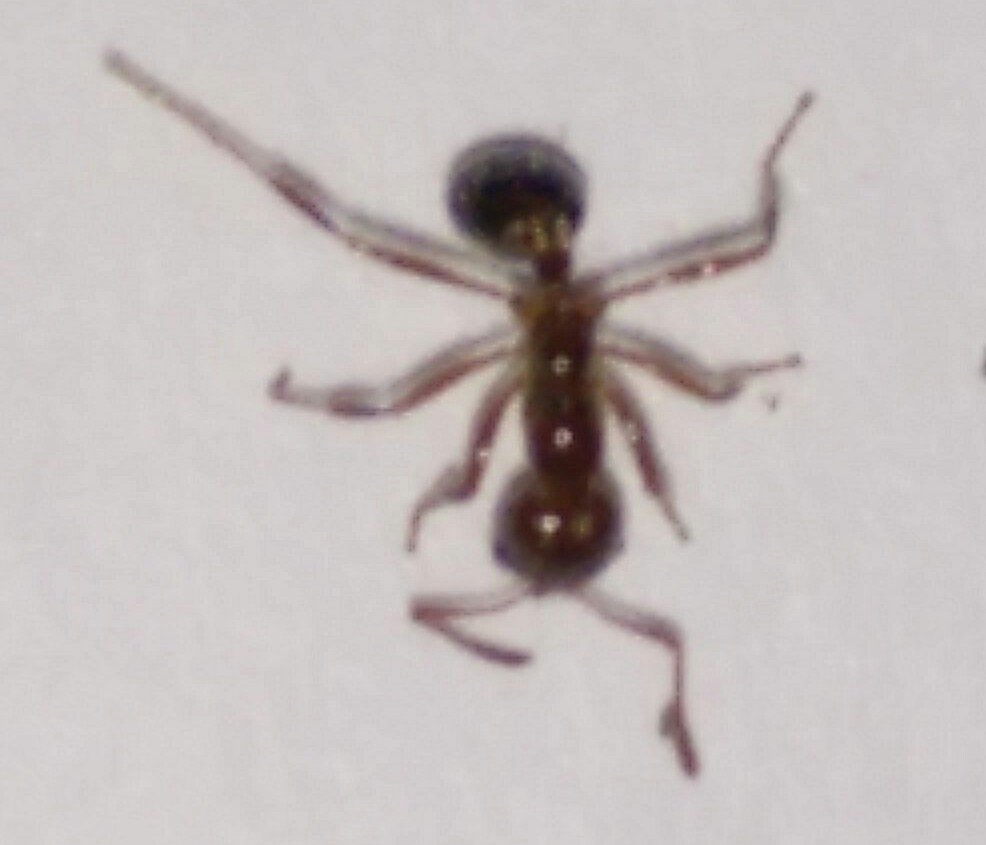
Habitat of collection: Trail
Length (from head to gaster): 3-4 mm
Color, hue, pattern and texture: Black gaster, reddish body
Distinguishing characteristics:
Anything else distinctive:
Nest description: Sandy nest mound
Pheidole?
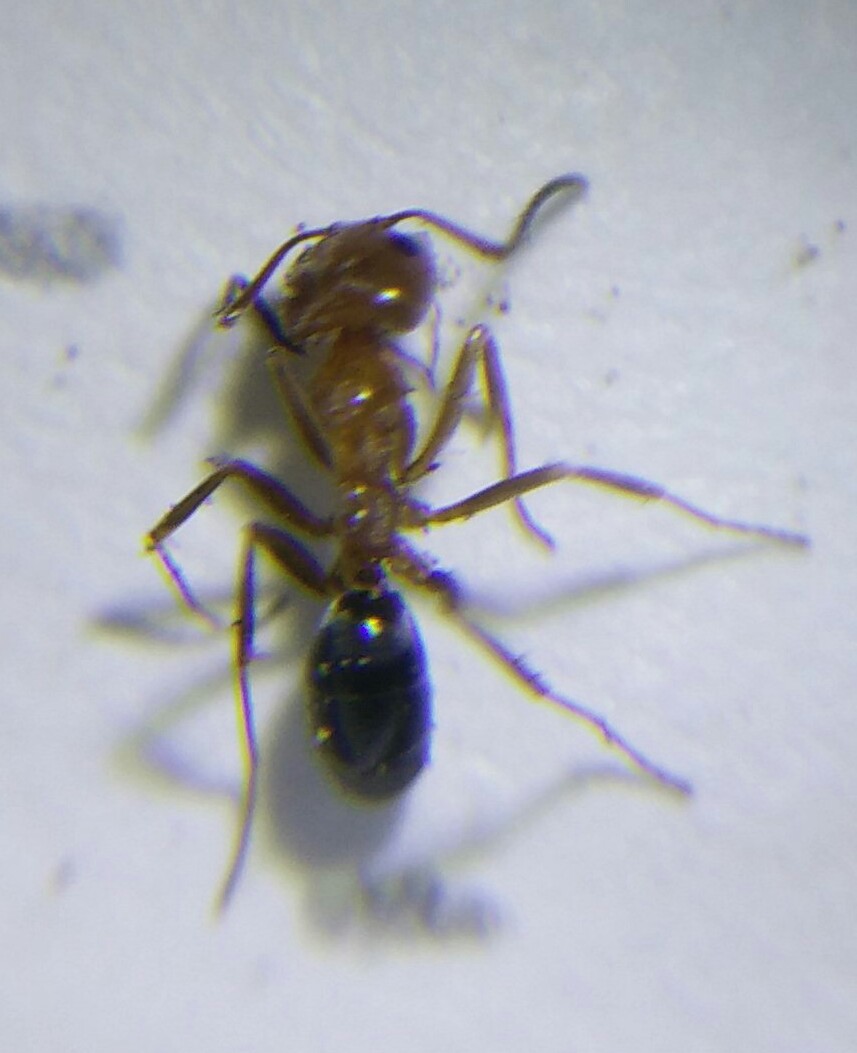
Habitat of collection: Trail
Length (from head to gaster): 2 mm
Color, hue, pattern and texture: Black gaster, reddish body
Distinguishing characteristics:
Anything else distinctive:
Nest description: Sandy nest mound
Nearly identical to the previous but smaller. In fact, I thought they were the same until I dumped them into the same container (add that to my dumb mistakes thread). Looks to me like Dorymyrmex bicolor.
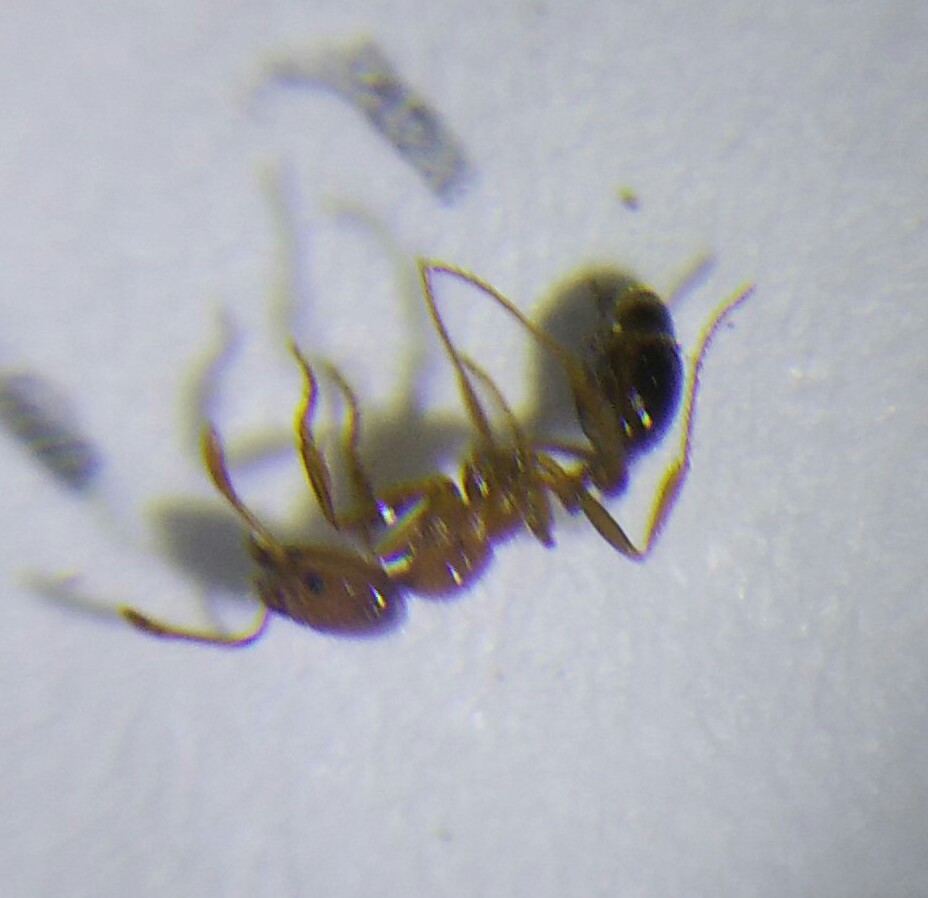
Habitat of collection: Trail
Length (from head to gaster): 1 mm
Color, hue, pattern and texture: Black gaster, reddish body
What the heck are these? They were moving across the trail by the thousands, if not hundreds of thousands (or more) if the same was occurring off trail.
